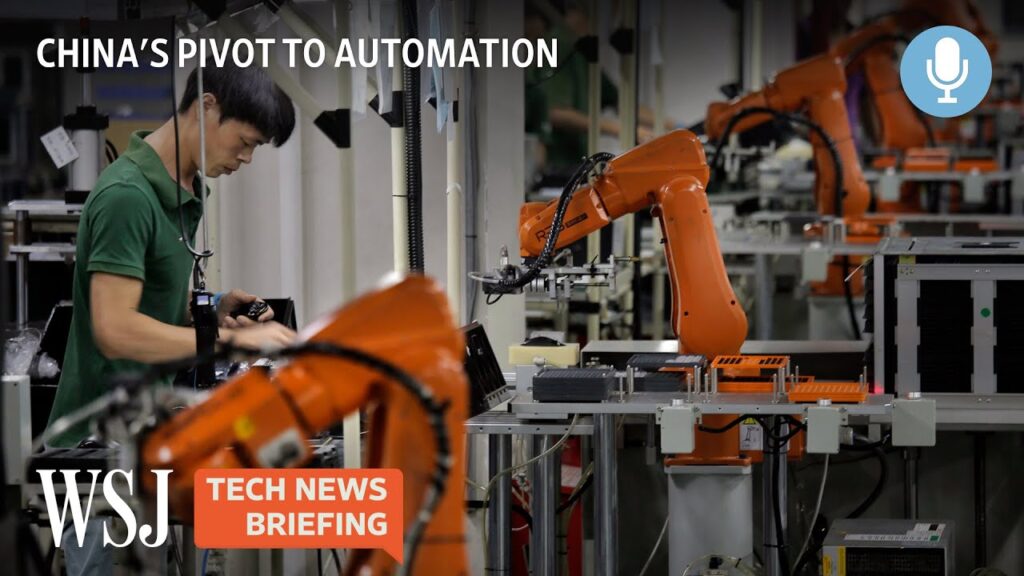China has long been known as the world's manufacturing powerhouse, churning out products at an astonishing rate. But what you may not realize is that Chinese factories are rapidly adopting a new trend that is revolutionizing the manufacturing industry: industrial robots.
In a recent YouTube video titled "Robots Are Taking Over Chinese Factories | WSJ Tech News Briefing," it is stated that China is installing robots at a rate almost as fast as the rest of the world combined. This surge in robot deployment is a clear indicator that China is determined to catch up with other industrialized nations.
The industrial robot market in China has experienced tremendous growth in recent years. According to a report by the International Federation of Robotics, China surpassed the United States as the largest market for industrial robots in 2013. Since then, China's robot industry has continued to expand at an astonishing pace, with the installation of robots increasing by 9% in 2019 alone.
This rapid growth can be attributed to several factors. First and foremost, Chinese manufacturers are under increasing pressure to improve their productivity and efficiency. With rising labor costs and a shrinking working-age population, the need for automation has become more pressing than ever. Industrial robots offer a solution to these challenges by streamlining production processes and reducing human error.
Additionally, advancements in technology have made industrial robots more affordable and accessible to Chinese manufacturers. In the past, robots were primarily used in high-end applications, such as the automotive industry. However, with the development of cheaper and more versatile robots, smaller companies can now afford to integrate automation into their production lines.
One of the main advantages of industrial robots is their ability to perform repetitive and physically demanding tasks with precision and speed. Unlike human workers, robots do not experience fatigue or require breaks, allowing production to continue around the clock. This increased efficiency translates into higher output and improved product quality.
Furthermore, industrial robots can be easily reprogrammed to adapt to changing manufacturing needs. This flexibility makes them ideal for industries that require frequent product changes or customization. By simply reprogramming the robot, manufacturers can quickly switch between different tasks, reducing downtime and increasing overall productivity.
It is worth noting that despite China's rapid growth in robot deployment, it is still playing catchup to other industrialized nations. In terms of robot density, which measures the number of robots per 10,000 employees, China lags behind countries like Japan, South Korea, and Germany. This suggests that there is still room for further expansion and adoption of robots in Chinese factories.
While the rise of industrial robots in China brings numerous benefits, it also raises concerns about the impact on employment. As robots replace human workers in repetitive tasks, there is a fear that jobs will be lost. However, proponents of automation argue that the introduction of robots will lead to the creation of new job opportunities in more skilled and higher-paying roles. Ultimately, the impact of industrial robots on employment is a complex issue that requires careful consideration.
In conclusion, China's rapid adoption of industrial robots is reshaping the manufacturing industry. With its growing market and commitment to automation, China is determined to catch up to other industrialized nations. While the rise of robots brings both advantages and challenges, it is clear that automation is here to stay. As technology continues to evolve, we can expect to see even more exciting developments in the world of industrial robotics.
Industrial Robot
"Robots Supplanting Humans in Chinese Factories: WSJ Tech News Briefing Reveals the Rise of Industrial Automation in Manufacturing"


